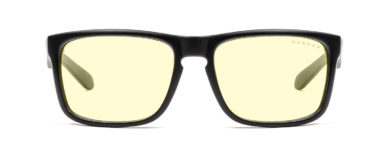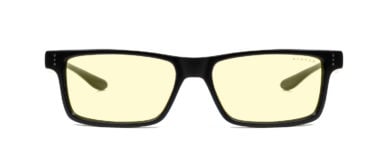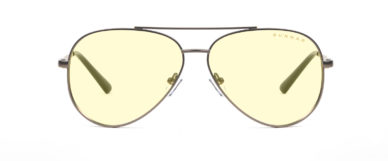
The Two Concerns
- Digital Eye Strain: This issue, more immediate and less serious in Dr. Alpert’s eyes, affects most who take part in “continual extended screen time.” The symptoms, as he outlines, include blurred vision; dry, runny, or tired eyes; and headache. Neck and shoulder pain also often number among the symptoms. “While digital eye strain is temporary, if left unaddressed, it can turn into a chronic problem.”
- Solutions: Dr. Alpert summarizes the solution in two words: blink more. When we stare at screens we typically blink far less frequently. This causes a feedback loop where we experience the symptoms because we don’t blink enough, and then our lack of blinking increases our symptoms. Following the 20-20-20 rule can help in this regard. Look at something 20 feet away, every 20 minutes, for 20 seconds.
- Blue Light Exposure: While blue light causes digital eye strain in large part as well, it has more sinister effects. A little discomfort in the eyes doesn’t even compare to the more serious effects of blue light. First off, blue light exposure controls the sleep cycle. Sleepless nights are often attributable to excessive exposure to blue light. This type of light, when it comes from the sun, controls the natural rhythm between sleep and wakefulness. When it comes from digital devices, it tricks our brain, and leads to a decreased production of melatonin, the chemical that causes sleepiness. In the long run, such exposure also leads to macular degeneration, a step on the road to blindness. Even more than adults, Dr. Alpert explains that these risk factors have greater potential to harm children.
- Solutions: Cut back on blue light exposure before bed. Doing so will, at least in part, prevent the sleep cycle issues mentioned above. His other suggestion focuses on direct intervention. “You should consider talking with your eye doctor about lenses that filter out blue light.” Such lenses, if you select the right ones, can have a significant impact.

Moving Forward
The takeaway from all of this is simple: a doctor recommends that you take special care in regard to blue light, so do it! Refer above to the convenient infographic with most of the information Dr. Alpert shared for an easy review. Protecting your eyes need not be a difficult chore. Put the principles to work suggested in this post, and you’ll feel the difference in short order. For now, we suggest you learn more about blue light blocking glasses, and find out how they can benefit you.



